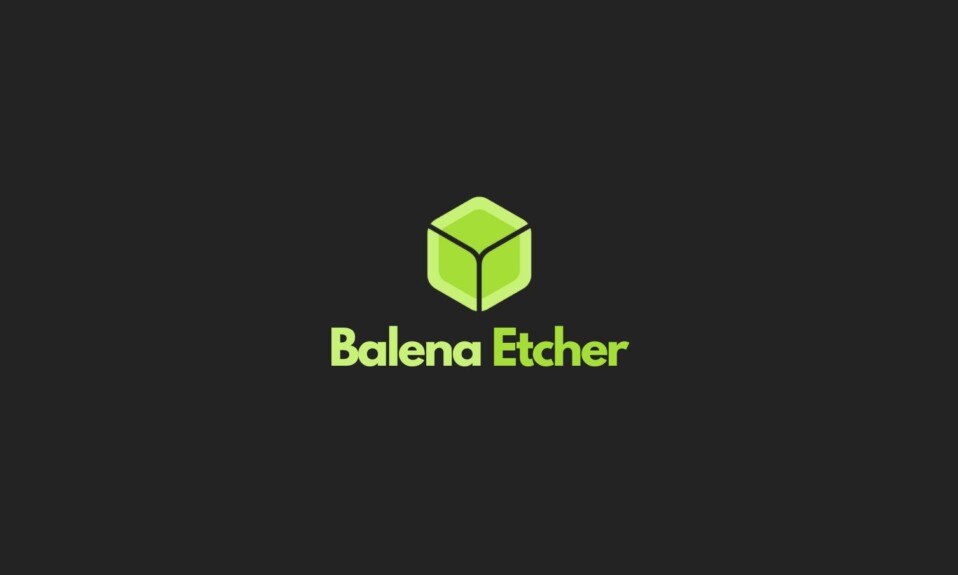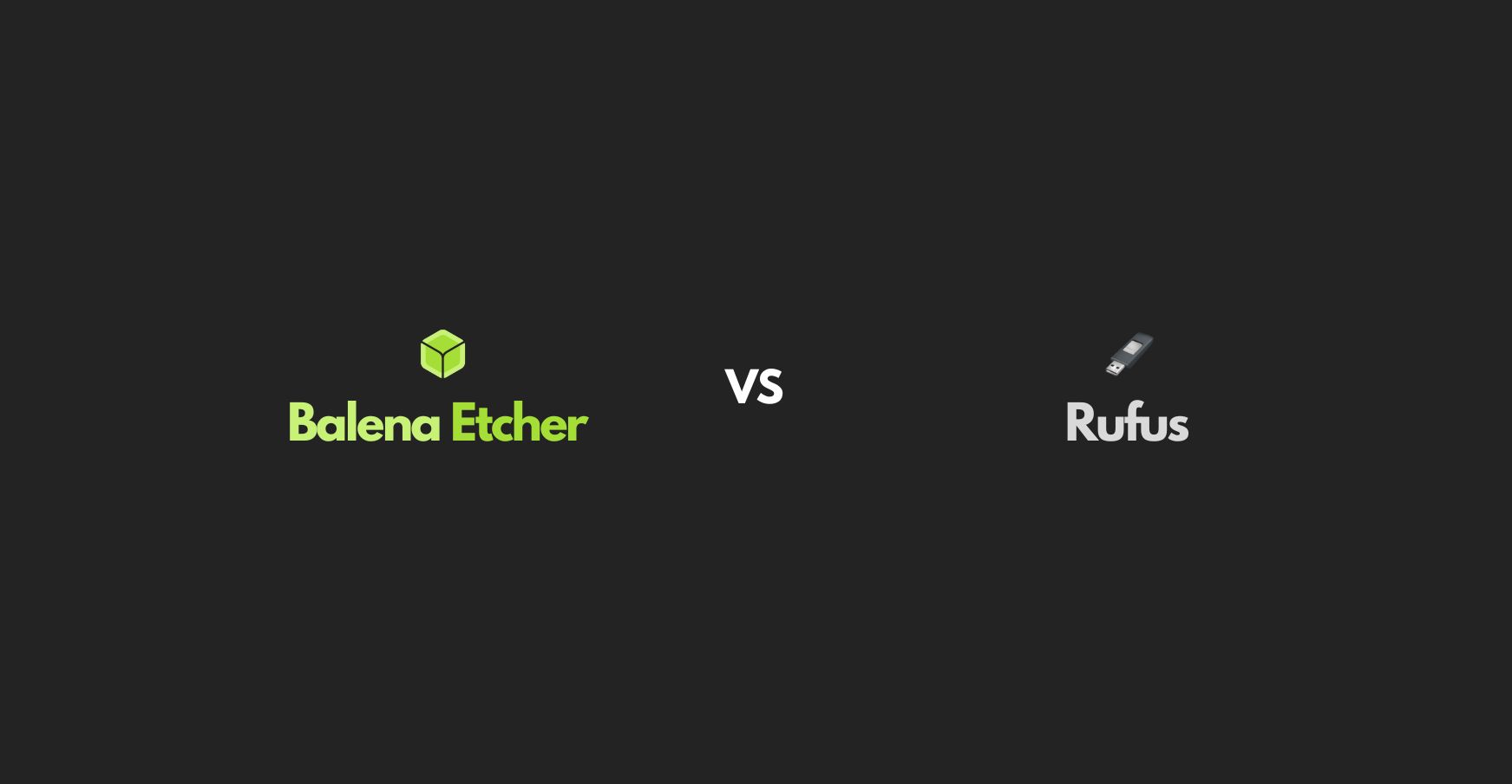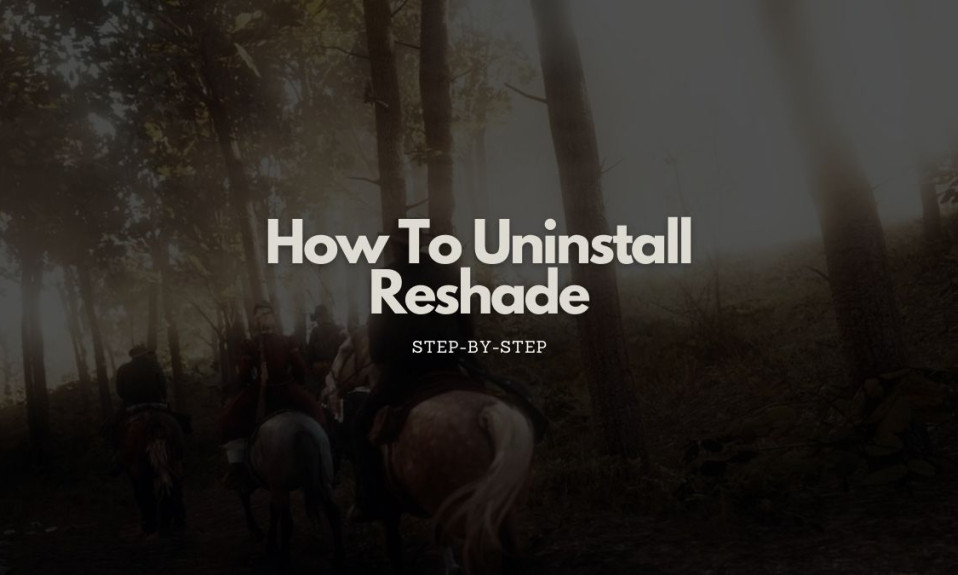
In the realm of creating bootable USB drives, two popular tools stand out — Balena Etcher and Rufus. Both tools aim to simplify the process of creating bootable media, but they differ in various aspects. In this detailed comparison, we will delve into the features, usability, performance, and overall user experience of Balena Etcher and Rufus to help you make an informed decision for your USB imaging needs.

User Interface
Balena Etcher:
- Balena Etcher boasts a sleek and minimalistic user interface, making it user-friendly for both beginners and experienced users.
- The straightforward design emphasizes simplicity, with a focus on a three-step process: Select Image, Select Target, and Flash.
- The UI is intuitive, with drag-and-drop functionality and automatic drive detection for added convenience.
Rufus:
- Rufus provides a more traditional, detailed interface with numerous settings and options.
- While feature-rich, the UI may seem overwhelming to newcomers. Advanced users, on the other hand, appreciate the extensive customization options.
Winner: Balena Etcher for simplicity and user-friendly design.
Supported Platforms
Balena Etcher:
- Available on Windows, macOS, and Linux, providing a cross-platform solution.
- Offers a consistent experience across different operating systems.
Rufus:
- Primarily designed for Windows, limiting its cross-platform compatibility.
- Users seeking a tool for multiple operating systems may find Rufus less versatile.
Winner: Balena Etcher for broader platform support.
Usability
Balena Etcher:
- Designed to be foolproof, minimizing the risk of selecting the wrong drive by clearly displaying the target device.
- Supports flashing multiple drives simultaneously, reducing the time required for bulk operations.
Rufus:
- Provides advanced settings for experienced users, allowing for customization of partition schemes and file systems.
- Beginners may find the abundance of options confusing.
Winner: Balena Etcher for its user-friendly approach.
Speed and Performance
Balena Etcher:
- Offers a reliable and consistent performance.
- While not always the fastest, it prioritizes stability and data integrity.
Rufus:
- Known for its speed and efficiency in creating bootable USB drives.
- Advanced users can fine-tune settings to optimize performance based on specific requirements.
Winner: Rufus for speed, but Balena Etcher for a more balanced approach.
Community and Support
Balena Etcher:
- Backed by a growing community and active development team.
- Comprehensive documentation and responsive support forums.
Rufus:
- Well-established with a large user base.
- Extensive documentation and community forums provide ample support.
Winner: Tie. Both tools have strong community support.
Conclusion
Choosing between Balena Etcher and Rufus ultimately depends on your specific requirements. Balena Etcher excels in simplicity, cross-platform support, and ease of use, making it an excellent choice for users who prioritize a straightforward, reliable experience. On the other hand, Rufus caters to power users who appreciate customization options, speed, and fine-grained control over the USB imaging process.
Ultimately, the decision comes down to personal preference and the specific needs of the user. Whether you prioritize a streamlined interface or advanced customization, both Balena Etcher and Rufus have their merits in the realm of creating bootable USB drives.




